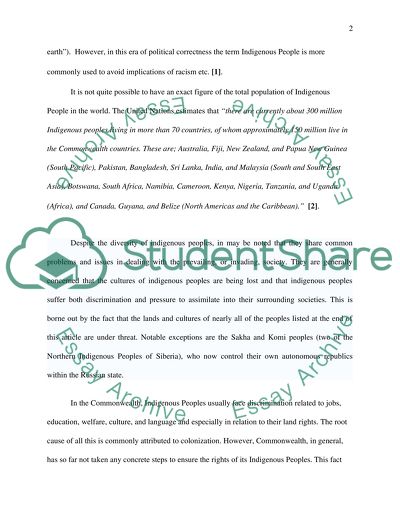Cite this document
(“Experiences of Colonization by Indigenous People Essay - 4”, n.d.)
Retrieved from https://studentshare.org/history/1532785-essay
Retrieved from https://studentshare.org/history/1532785-essay
(Experiences of Colonization by Indigenous People Essay - 4)
https://studentshare.org/history/1532785-essay.
https://studentshare.org/history/1532785-essay.
“Experiences of Colonization by Indigenous People Essay - 4”, n.d. https://studentshare.org/history/1532785-essay.


